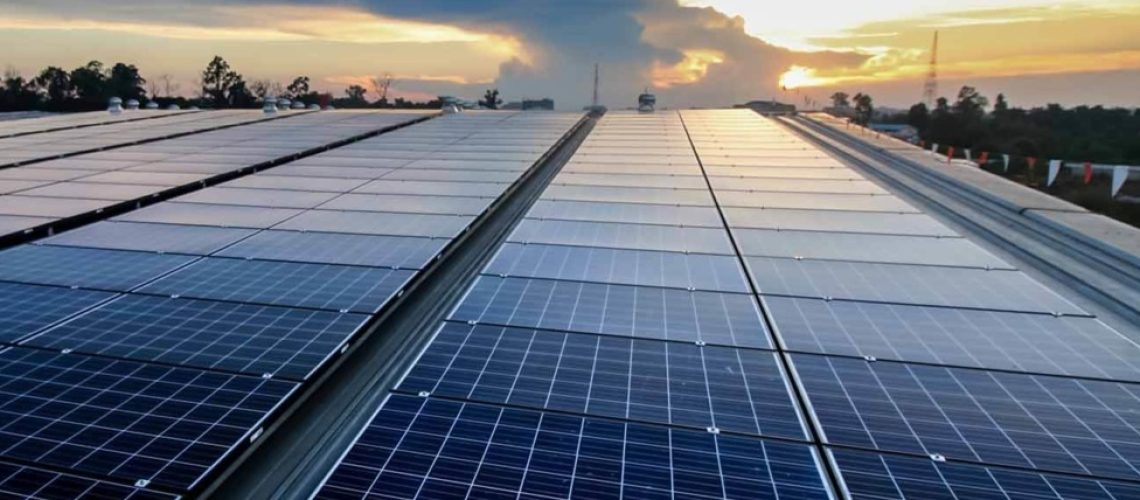A 25-acre solar farm developed for the Fayetteville campus will save money, reduce air emissions, and hedge against rising utility rates.
The University of Arkansas recently signed a 25-year solar services agreement that is expected to save millions of dollars in electricity costs and cut greenhouse gas emissions by 8.8%.
A 25-acre solar facility will be built near campus, which will help save more than $200,000 in its first year, will decrease greenhouse gas emissions the equivalent to taking more than 1,000 gasoline-powered passenger vehicles off the road for one year.
“This is part of an ongoing campus strategy to be both fiscally and environmentally conscious with all of our projects including our combined heat and power plant, Energy Savings Performance Contracts, and U.S. Green Building Council certified facilities” said Scott Turley, associate vice chancellor of facilities.
The university selected Entegrity Energy Partners of Little Rock to facilitate the project. Entegrity will provide all capital costs, design, permitting, installation, utility interconnection, operations and maintenance of the solar array and provide energy as a service to the University of Arkansas campus. According to the 25-year agreement, the University will purchase at a specified rate the entire energy output of the array, which has a minimum guaranteed production of 8.6 GWh in the first year or approximately 6.3% of the campus electrical energy requirement.
“Estimates demonstrate, upon execution, it will generate savings of $3.1 million,” said Arkansas Department of Energy & Environment cabinet secretary Becky W. Keogh. “The Arkansas Energy Office, an entity of the Arkansas Department of Energy & Environment, indicates that this solar project is one of the most cost-effective endeavors to be evaluated while requiring no upfront capital.”
In 2007, the University of Arkansas became one of the first institutions to become a charter signatory of the American College and University Presidents’ Climate Commitment and establish the goal of net carbon neutrality by 2040.
The University is working to reduce its carbon footprint with a combination of sustainable building practices, energy efficiency upgrades, and sustainable commuter transportation options. The university is pursuing additional renewable energy development opportunities as part of the ongoing effort to reduce financial risk while being an environmentally responsible campus.
“The U of A is leading by example,” said Eric Boles, director of the Office for Sustainability. “Simply put, this project saves money, reduces risk, and minimizes environmental impact. We are excited to tell this story and inspire others to look beyond business as usual.”



